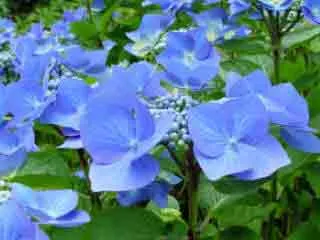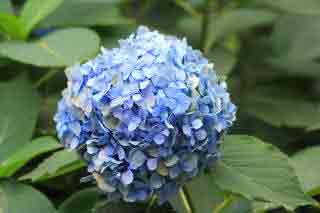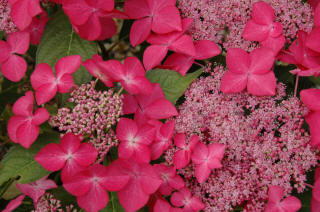Hydrangea macrophylla types are the main garden Hydrangeas grown in the UK. The group is split into two distinct flower types The Mopheads and the Lacecaps. For the purpose of this page, they can be treated in the same manner as far as pruning is concerned. Both Mophead and Lacecap Hydrangeas benefit from pruning to keep shape and size under control, but neither actually Need pruning.

If they are to be pruned, then the information and illustrations below will guide you through the very simple pruning operation. Do it in the right manner, and at the right time of year, and you should have a good succession of blooms and new shoots. Un-pruned Hydrangeas in this group tend to lose flower size as the years go by.
The important thing to know, is that as they are mid to late summer flowering, they produce flower on shoots that were made in the previous year. From these older shoots, the current years grow will start which are the actual flower bearing stems.
As an example, if you were to cut this type of Hydrangea macrophylla down to ground level in the late spring or early summer, it would produce masses of new shoots quite soon, but they will be the stems from which next year's flowers will grow. These new shoots as healthy as they look will not flower this year.
It is normal to leave the faded flower heads on the plant throughout the winter. They give added interest in the autumn, and protect the new buds below from severe frost damage.
Hydrangea serrata Bluebird - Image Above. A choice and popular lace cap variety of Hydrangea that falls within the method of pruning outlined below.



